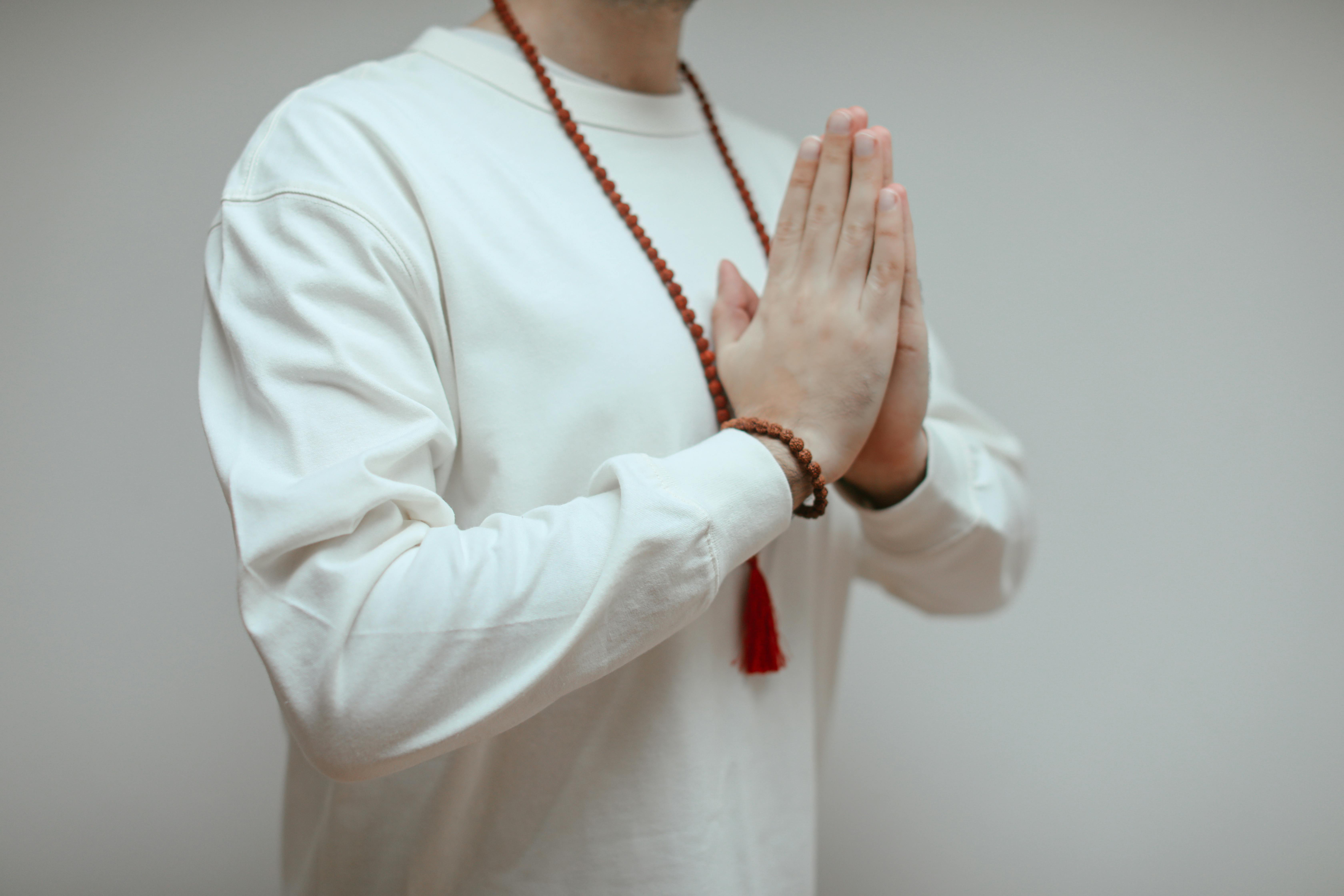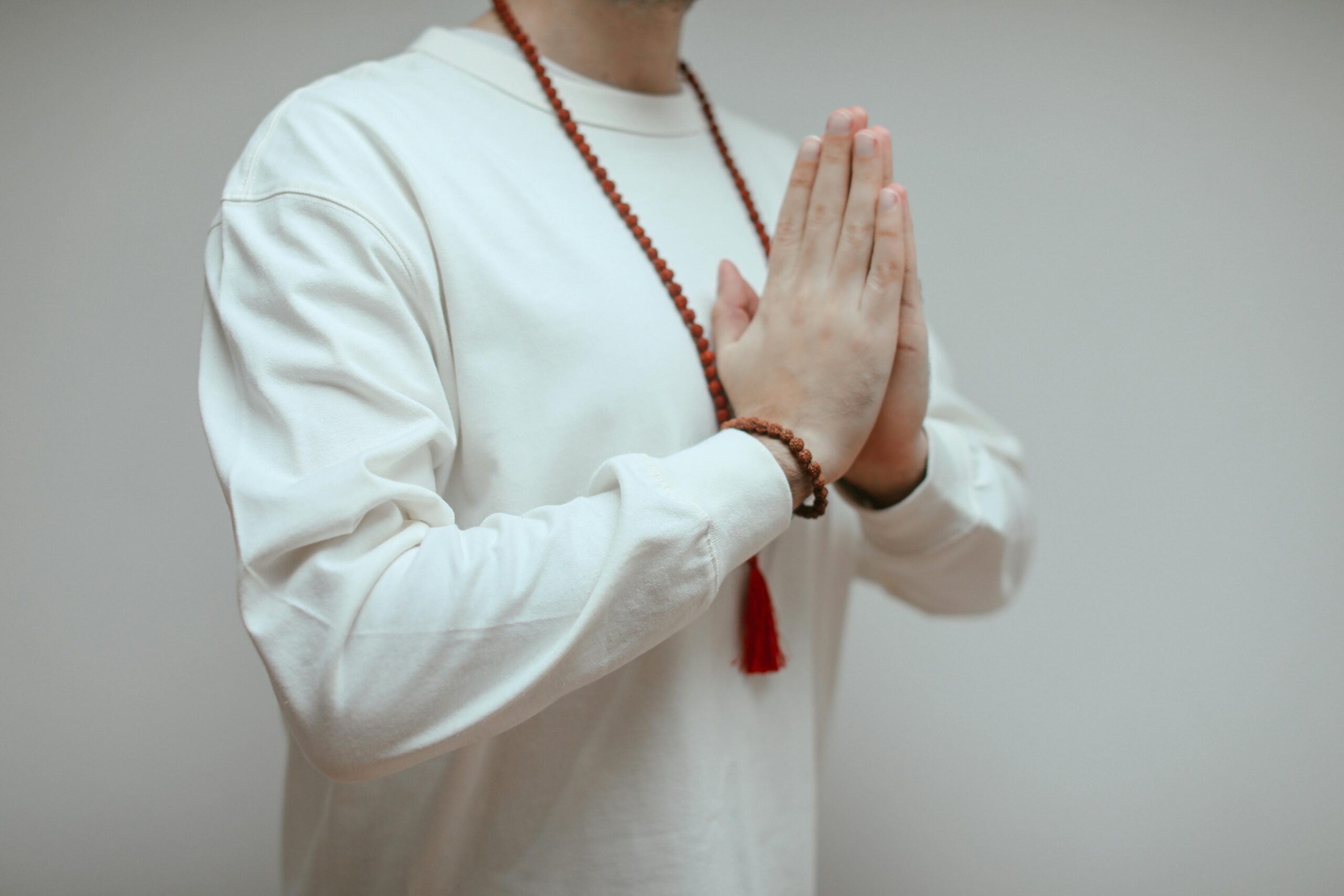Mastering Daily Life with These Tips on Being Mindful
In a fast-paced world filled with constant distractions, learning how to stay present is more important than ever. Practicing mindfulness can lead to better mental health, improved relationships, and greater overall satisfaction. In this guide, you’ll uncover expert tips on being mindful that you can immediately apply to your everyday life for lasting change.

Understanding the Fundamentals
Mindfulness is the practice of maintaining awareness of your thoughts, emotions, bodily sensations, and environment in the present moment. Rooted in ancient meditation traditions, it has evolved into a widely accepted mental wellness tool across healthcare, education, and business sectors.
These foundational principles matter because they empower individuals to break cycles of reactivity, reduce stress, and make deliberate, healthier decisions. Think of mindfulness as a mental workout that strengthens your brain’s ability to focus and self-regulate—just like lifting weights strengthens your muscles.
1.1 Presence Over Perfection
Presence means fully engaging with the here and now without distraction or judgment. For example, eating a meal without scrolling through your phone allows you to fully taste your food, improving digestion and appreciation. A 2021 Harvard study showed that people spend nearly 47% of their time thinking about something other than what they’re doing—highlighting the need for intentional presence.
In practice, this could look like active listening during conversations, feeling the ground while walking, or noticing your breath when stressed. Contrary to popular belief, mindfulness doesn’t require perfection; it requires practice and patience.
1.2 Awareness and Acceptance
While awareness helps you recognize thoughts and sensations, acceptance allows you to experience them without resistance. Unlike positive thinking, which focuses on replacing negative thoughts, mindfulness encourages observing those thoughts without attachment.
This mindset shift is crucial in reducing anxiety and emotional reactivity. For example, noticing the tension in your shoulders without immediately fixing it helps you develop a non-judgmental relationship with discomfort—a skill critical for resilience.
Practical Implementation Guide
Applying tips on being mindful in daily routines doesn’t require a spiritual retreat. By starting small and building consistency, anyone can see real benefits over time. Expect to notice subtle yet powerful shifts in how you relate to yourself and others.

2.1 Actionable Steps
- Start with Breathing Exercises: Practice deep belly breathing for 5 minutes a day. Inhale for 4 seconds, hold for 4, exhale for 6.
- Use Mindfulness Apps: Tools like Insight Timer or Headspace can guide your sessions and track progress.
- Schedule Check-ins: Set calendar reminders to pause, stretch, or reflect at intervals—this builds the habit into your day.
2.2 Overcoming Challenges
Common obstacles to mindfulness include racing thoughts, time constraints, and impatience. These hurdles are normal, especially at the beginning.
To overcome them:
- Racing Mind: Anchor your focus on one sense—like the sound of a fan or the taste of your coffee.
- No Time: Integrate mindfulness into tasks—like brushing teeth or washing dishes.
- Lack of Progress: Keep a journal to reflect on subtle emotional and behavioral shifts.
Experts recommend treating mindfulness like brushing your teeth—it’s not about perfection but daily commitment.
Advanced Applications
Once you’ve established basic mindfulness habits, it’s time to explore advanced techniques that deepen awareness and integrate mindfulness into broader life areas. These methods are ideal for those seeking sustained focus, leadership skills, and emotional agility.

3.1 Mindful Journaling
Journaling mindfully involves writing thoughts without editing or judgment. Use prompts like “What am I feeling right now?” or “What did I notice today?” This builds emotional intelligence and reflection. In a 2020 UCLA study, participants who journaled daily experienced a 30% reduction in stress levels.
3.2 Body Scan Meditation
This technique involves focusing on each part of the body in sequence—from head to toe—while observing sensations. It promotes pain management, stress relief, and better sleep. You can integrate this into your nighttime routine or post-exercise cooldown.
Future Outlook
As neuroscience continues to validate the benefits of mindfulness, more institutions are incorporating it into education, corporate training, and healthcare. AI-driven apps and wearables now provide real-time feedback on stress indicators and mindfulness patterns.
Over the next 3–5 years, expect to see mindfulness embedded into virtual workspaces, therapy sessions, and even classrooms. Preparing for this evolution involves adopting habits now that will serve as a personal foundation for adapting to future stressors.
Conclusion
Mindfulness is not just a wellness trend—it’s a timeless skill for navigating modern life. Remember these key takeaways:
- Presence: Stay grounded in the moment, not lost in thought.
- Consistency: Daily practice, even for 5 minutes, makes a difference.
- Application: Bring mindfulness into everyday routines and decisions.
Start today by choosing one of these tips on being mindful and committing to it for a week. The benefits will compound over time, transforming your mental landscape. Your path to a calmer, more focused life begins now.
Frequently Asked Questions
- Q: What is mindfulness in simple terms? Mindfulness is being fully present and aware of your current experience without judgment—whether you’re eating, walking, or talking.
- Q: How do I start practicing mindfulness? Begin with short breathing exercises and gradually build up to mindful eating, journaling, or guided meditations.
- Q: How much time do I need to practice mindfulness? Just 5–10 minutes daily can create noticeable benefits; some people prefer multiple short sessions spread throughout the day.
- Q: Does mindfulness cost anything? Many resources are free—like YouTube videos or apps with basic tiers. Costs vary if you seek courses or retreats.
- Q: How does mindfulness compare to meditation? Meditation is a formal practice, while mindfulness can be practiced any time. Meditation often supports mindfulness.
- Q: Is mindfulness hard to learn? It’s simple but not easy—it takes time to build the habit. However, anyone can learn it with regular effort.
- Q: Can mindfulness help in high-stress jobs like healthcare or tech? Absolutely. Many professionals use mindfulness to improve decision-making, reduce burnout, and maintain focus under pressure.
